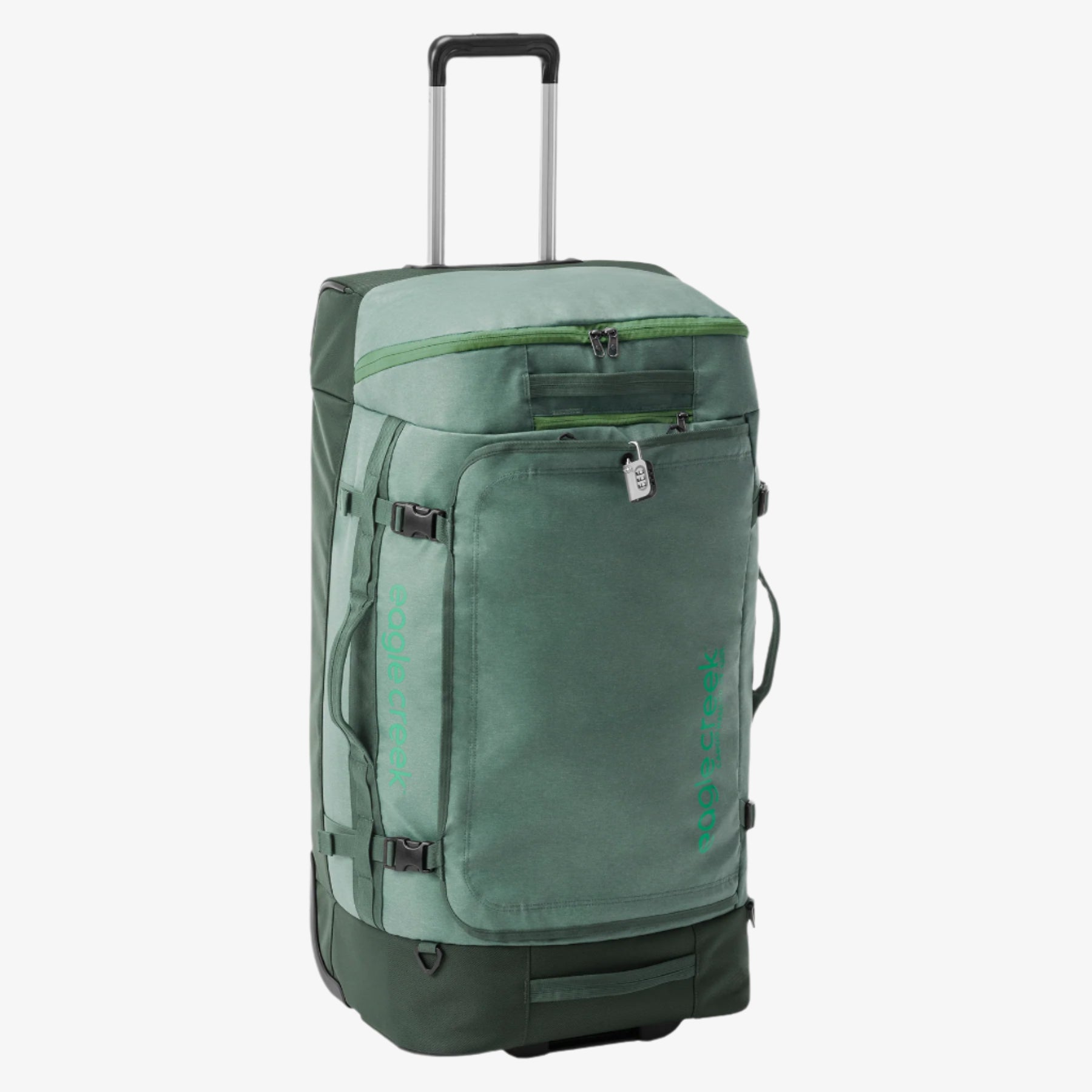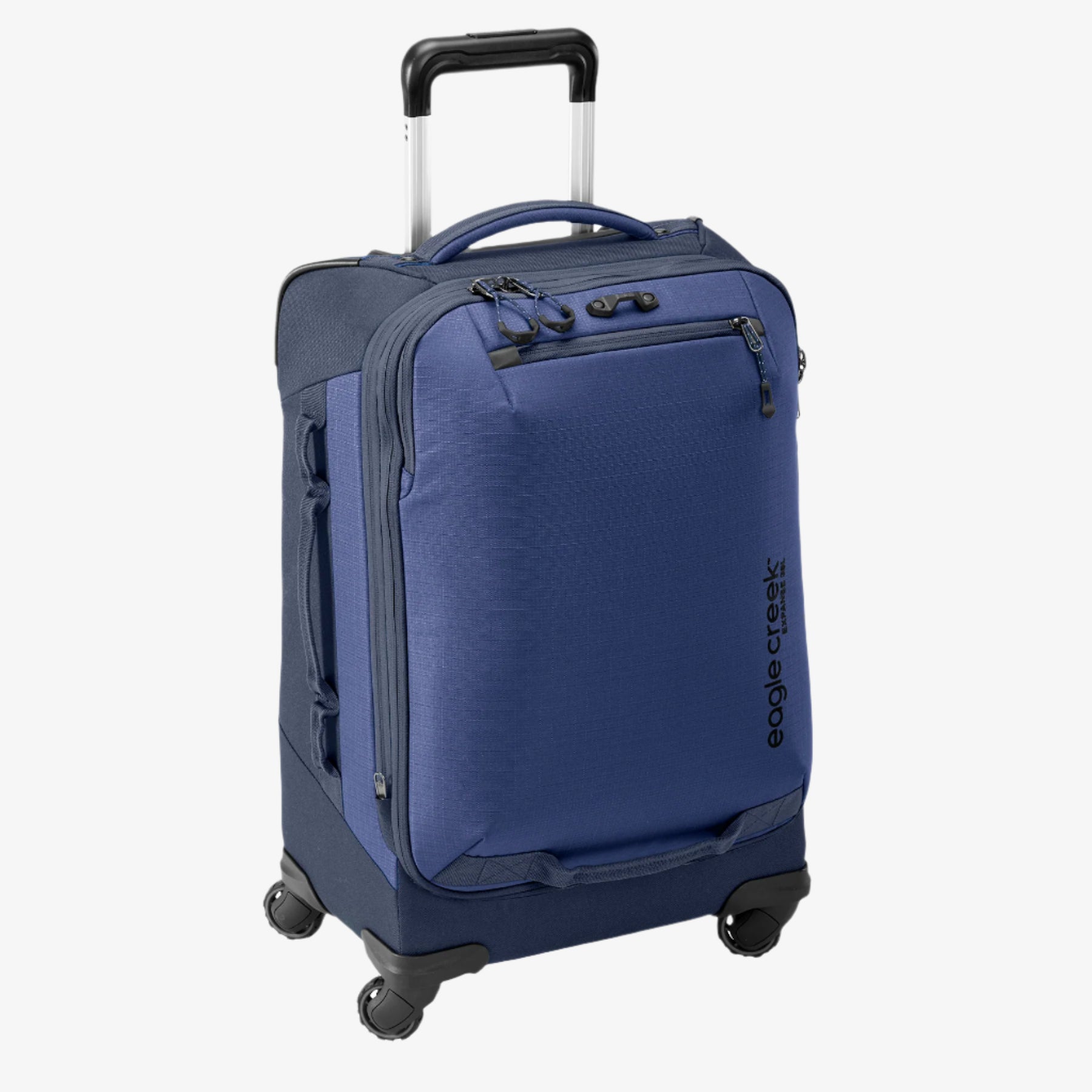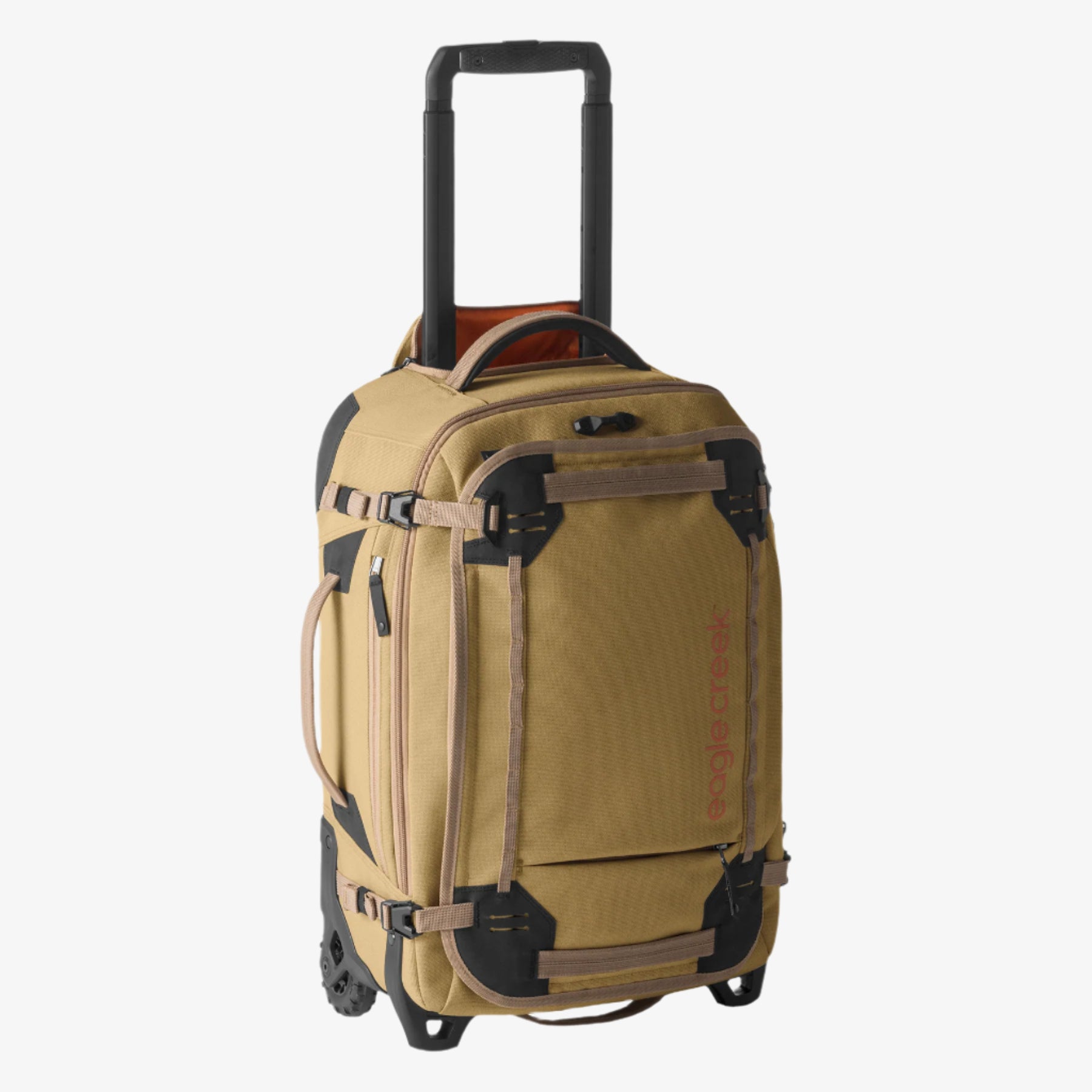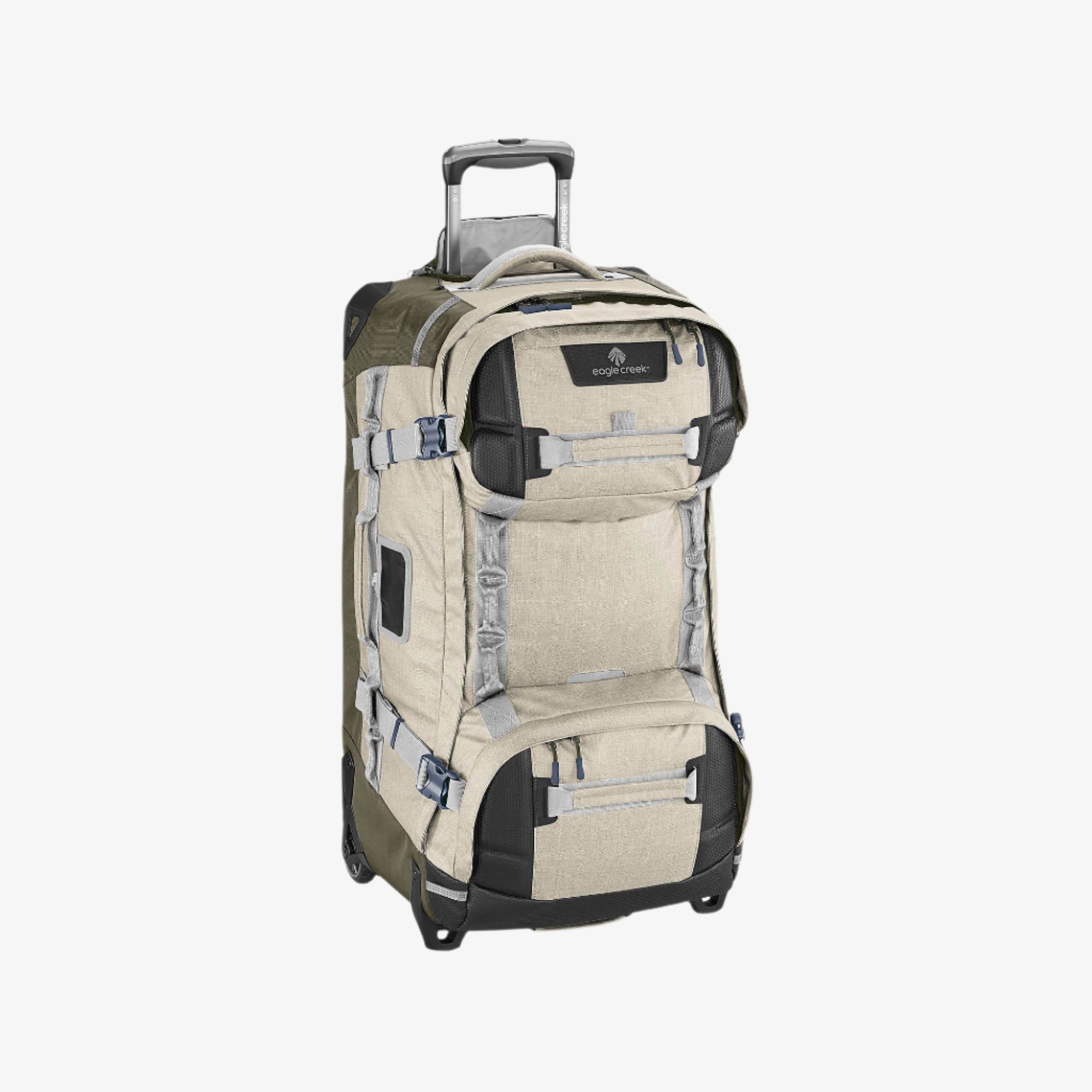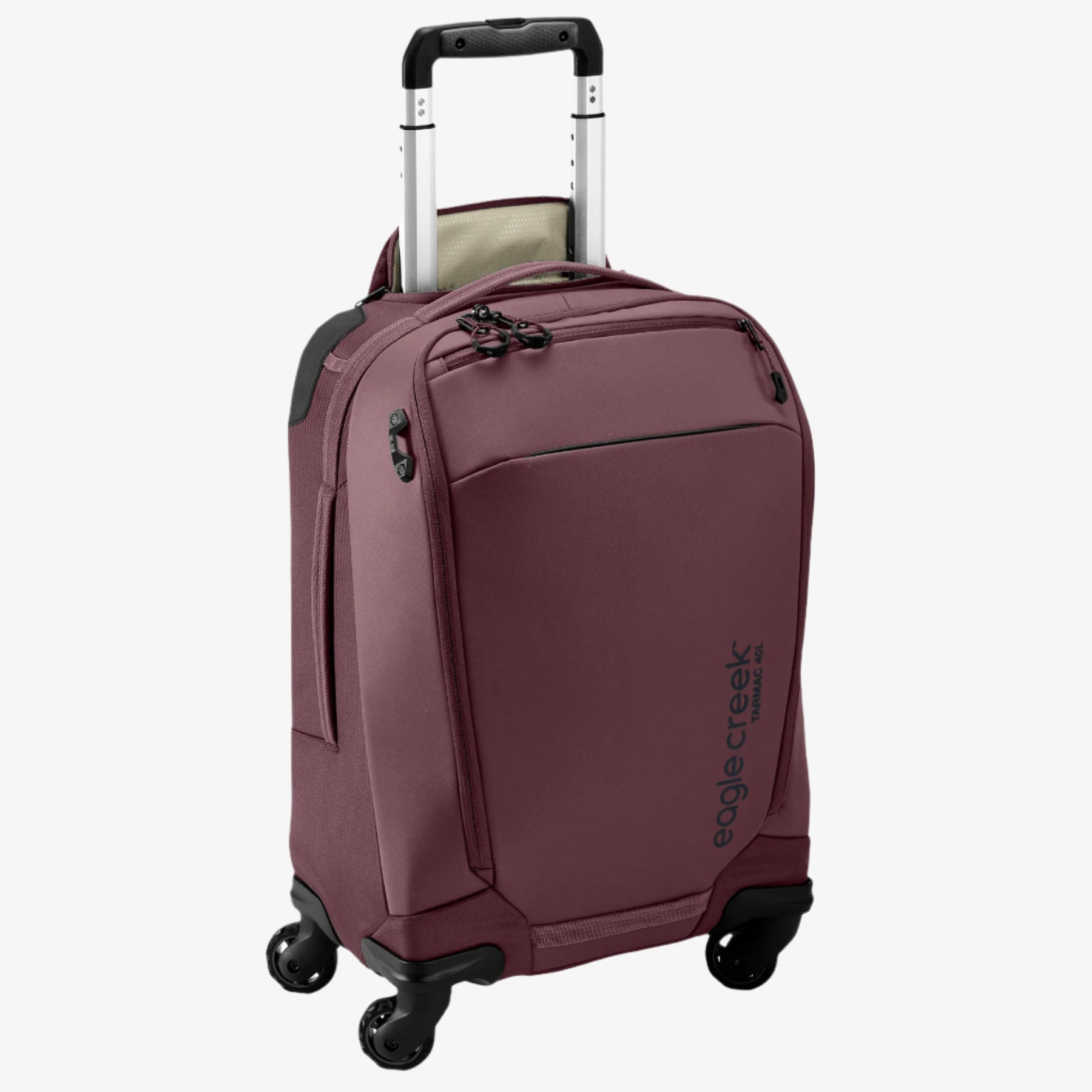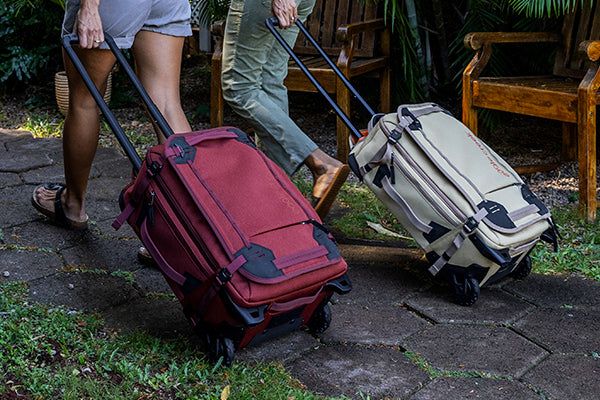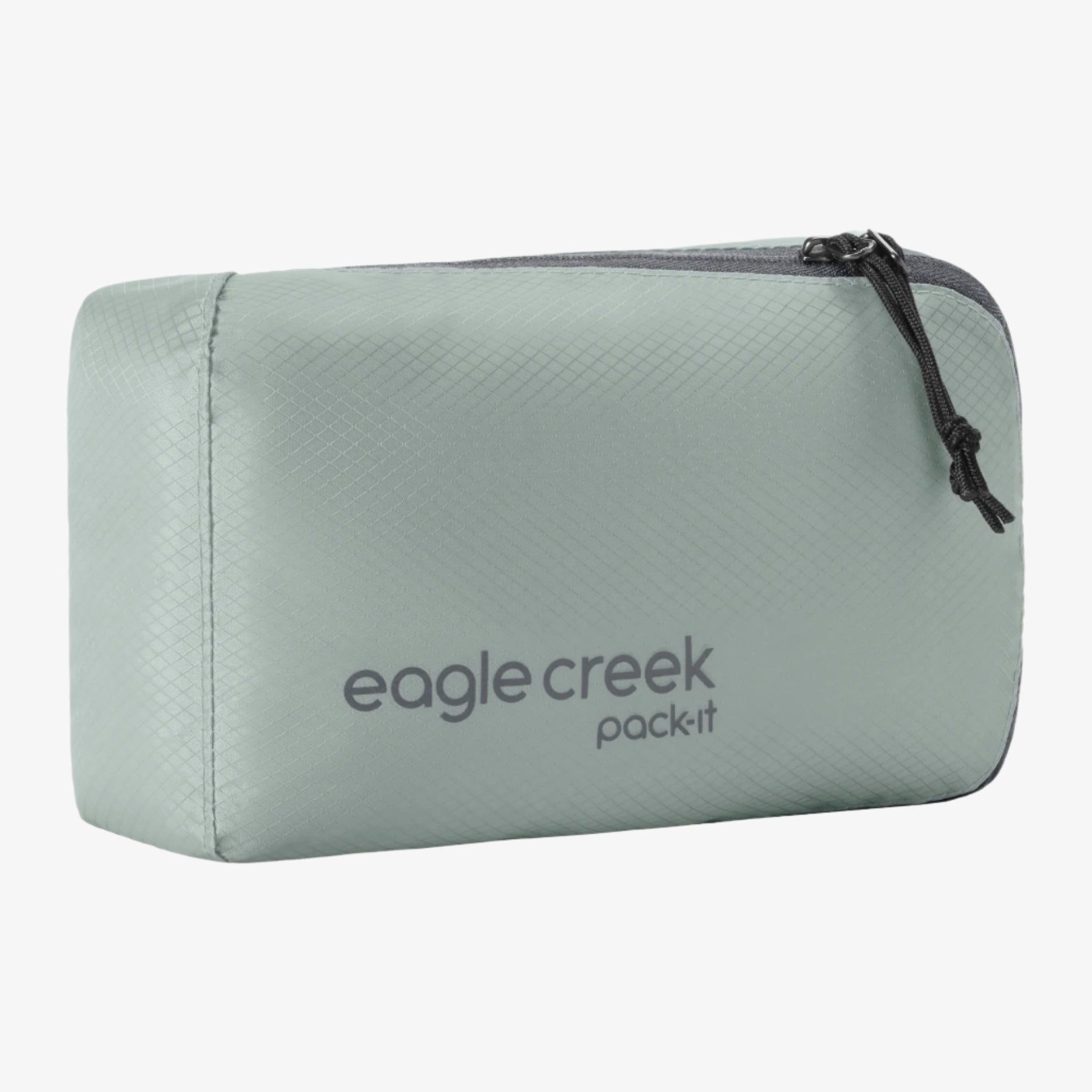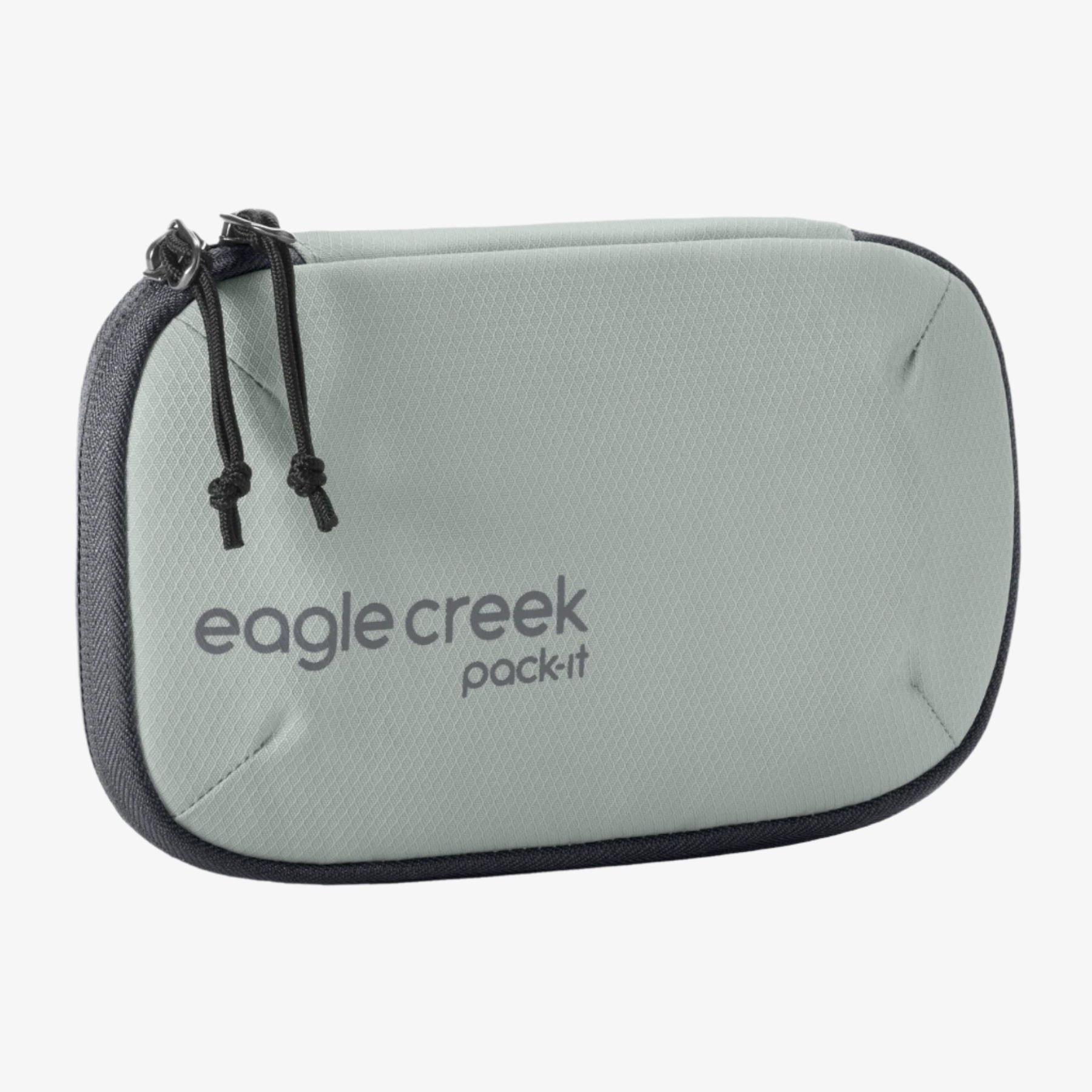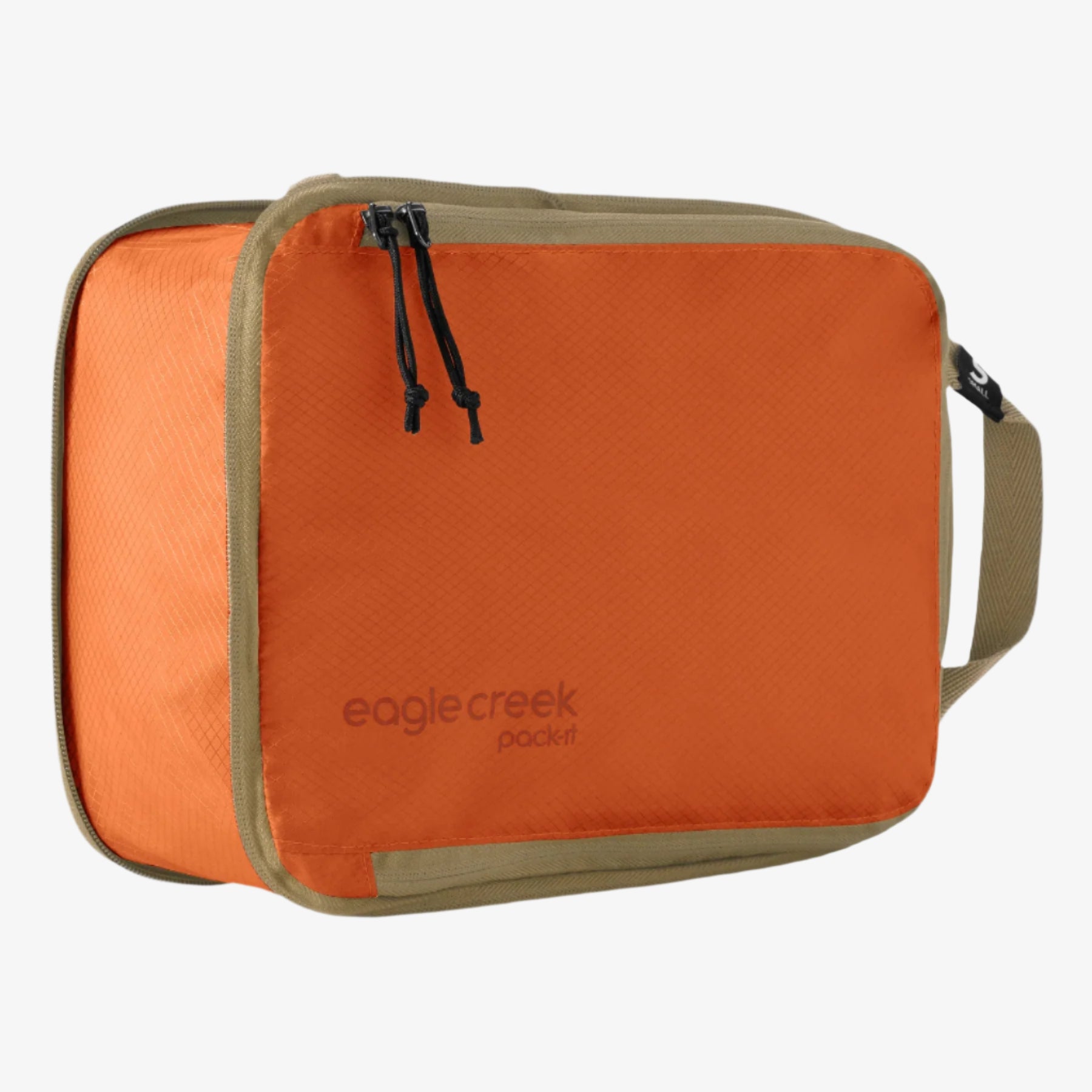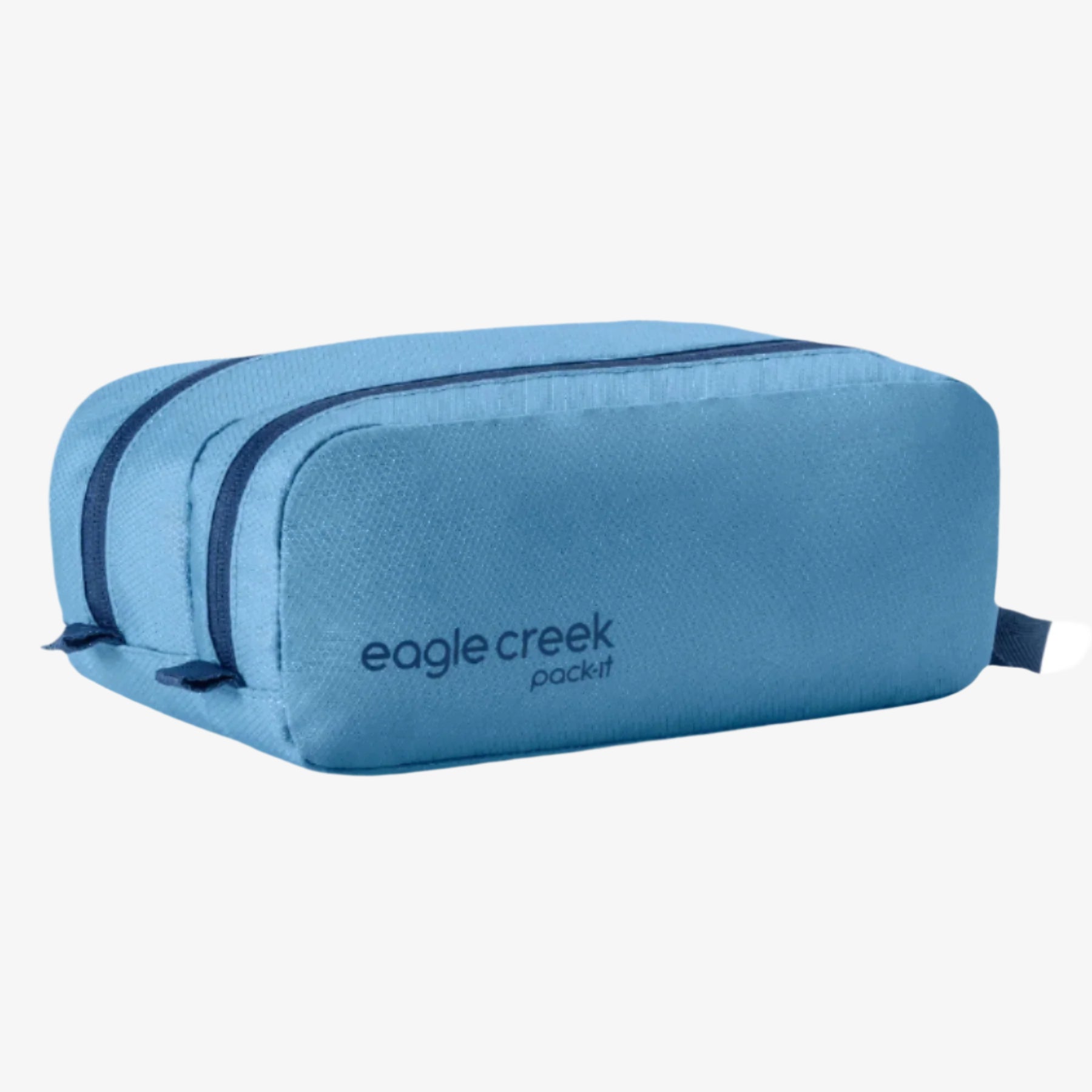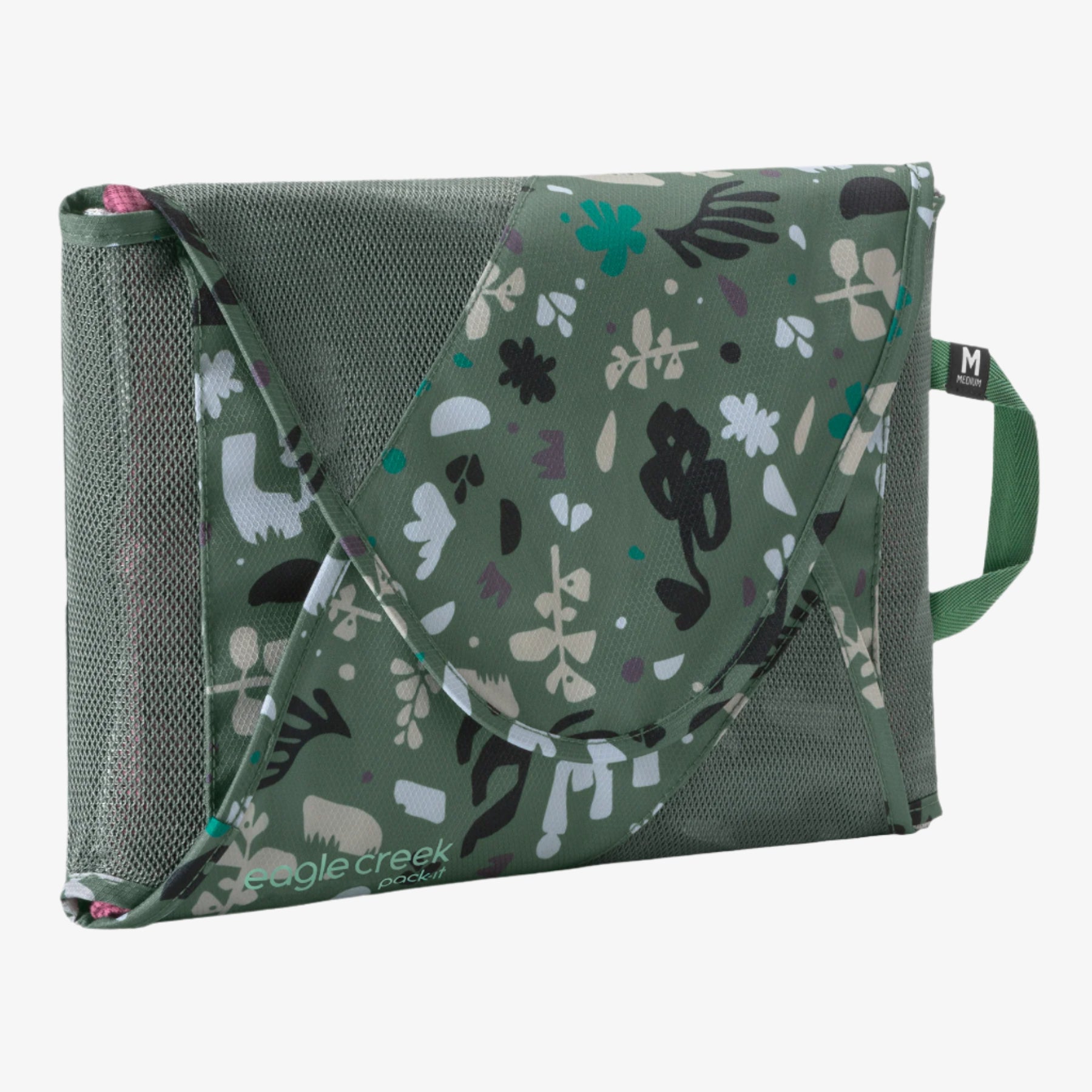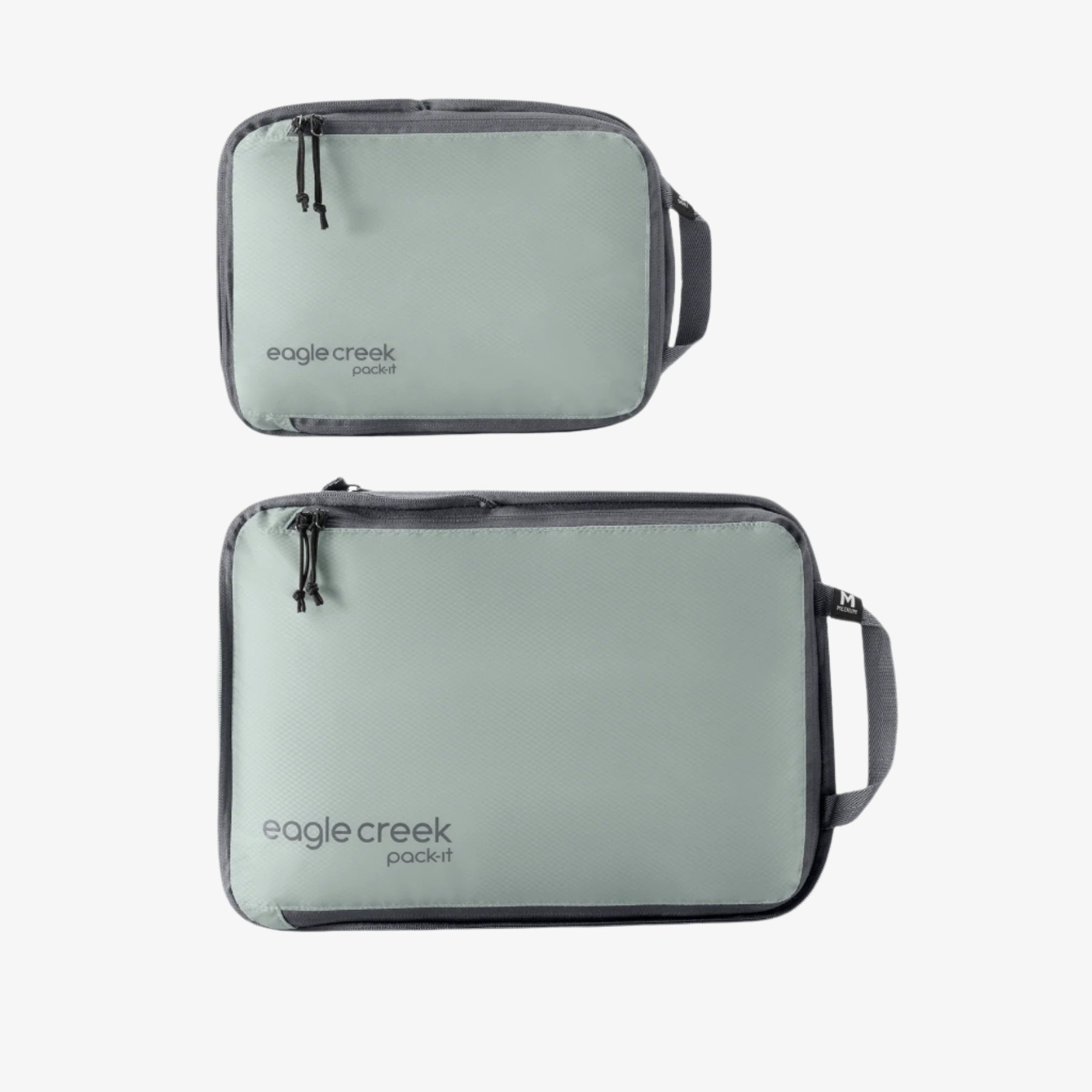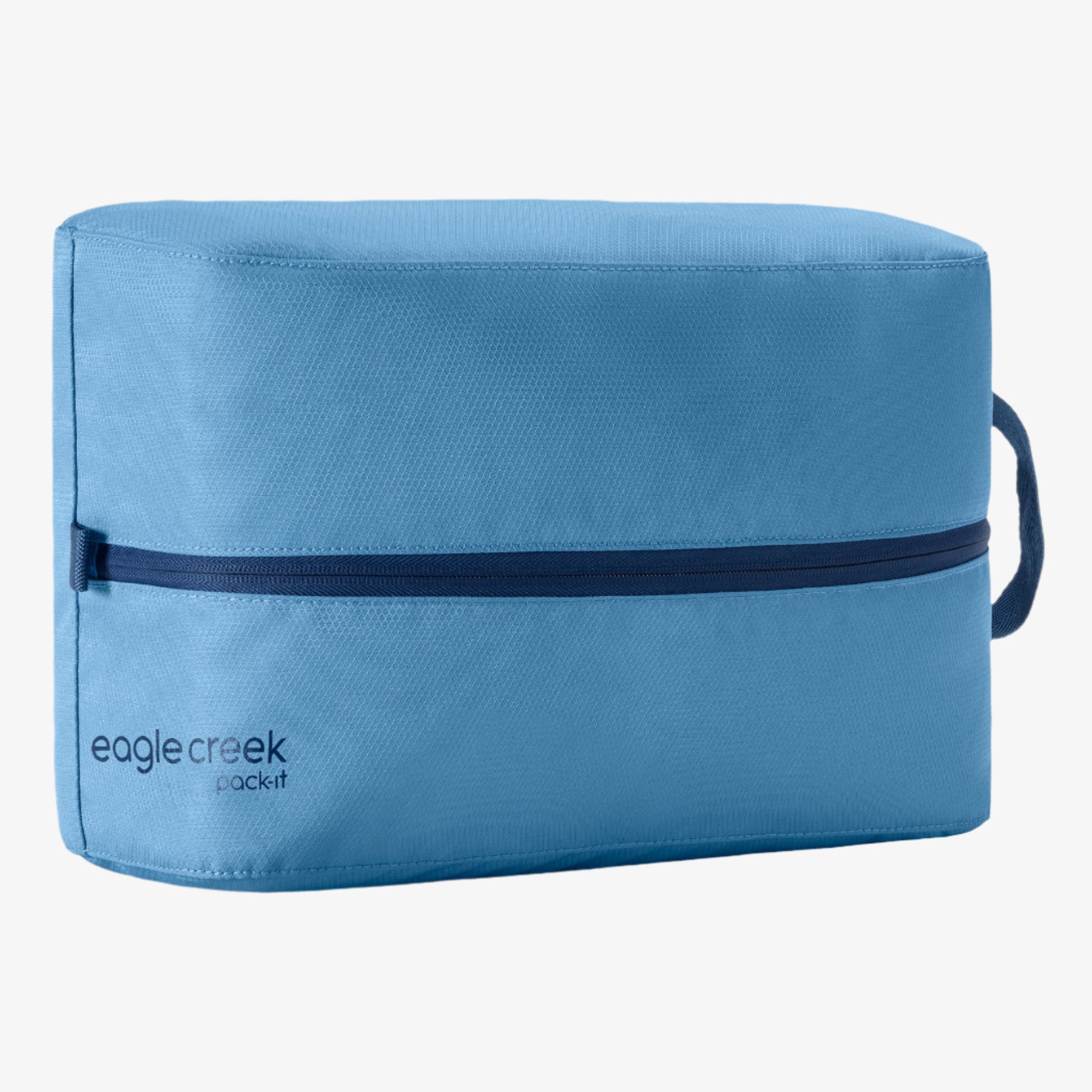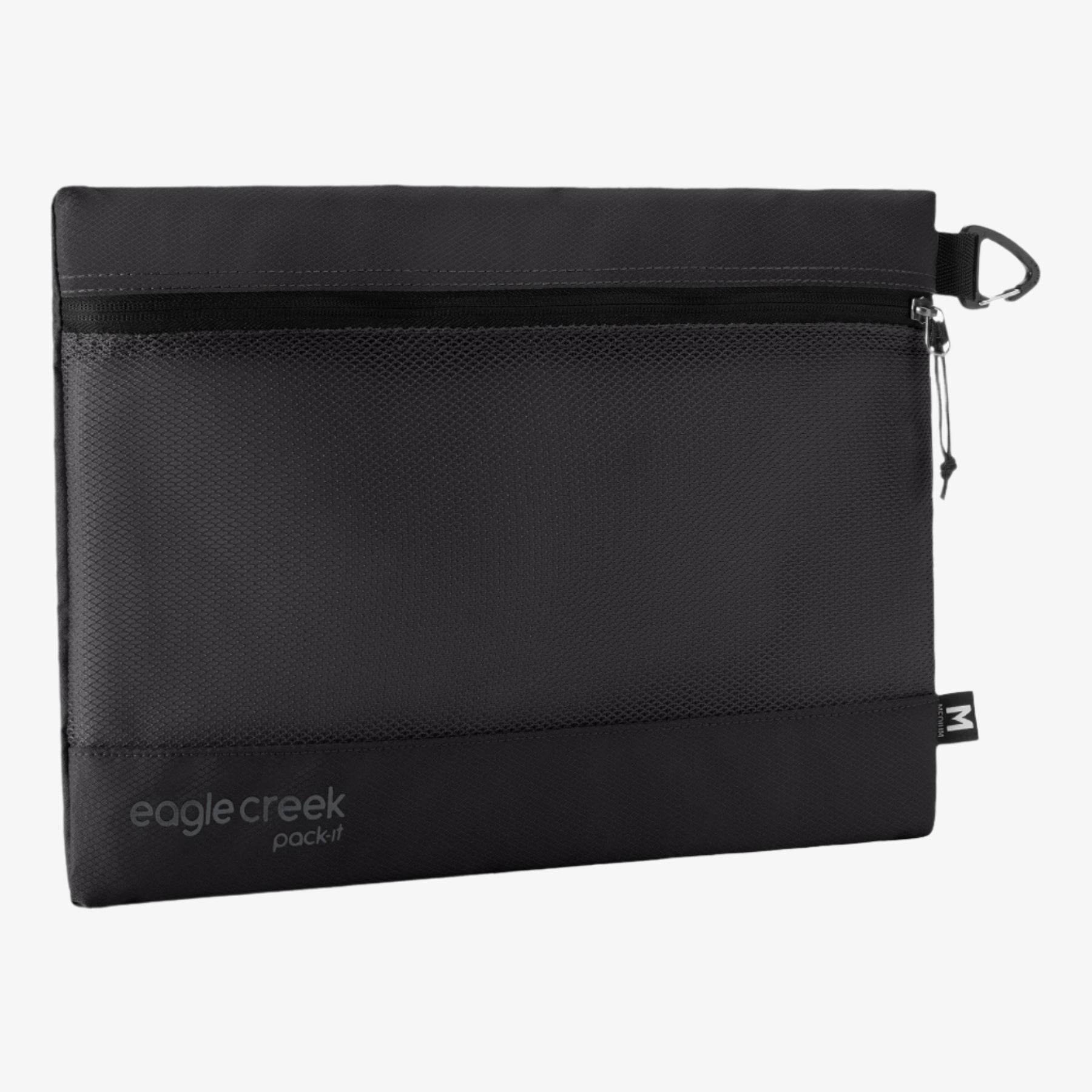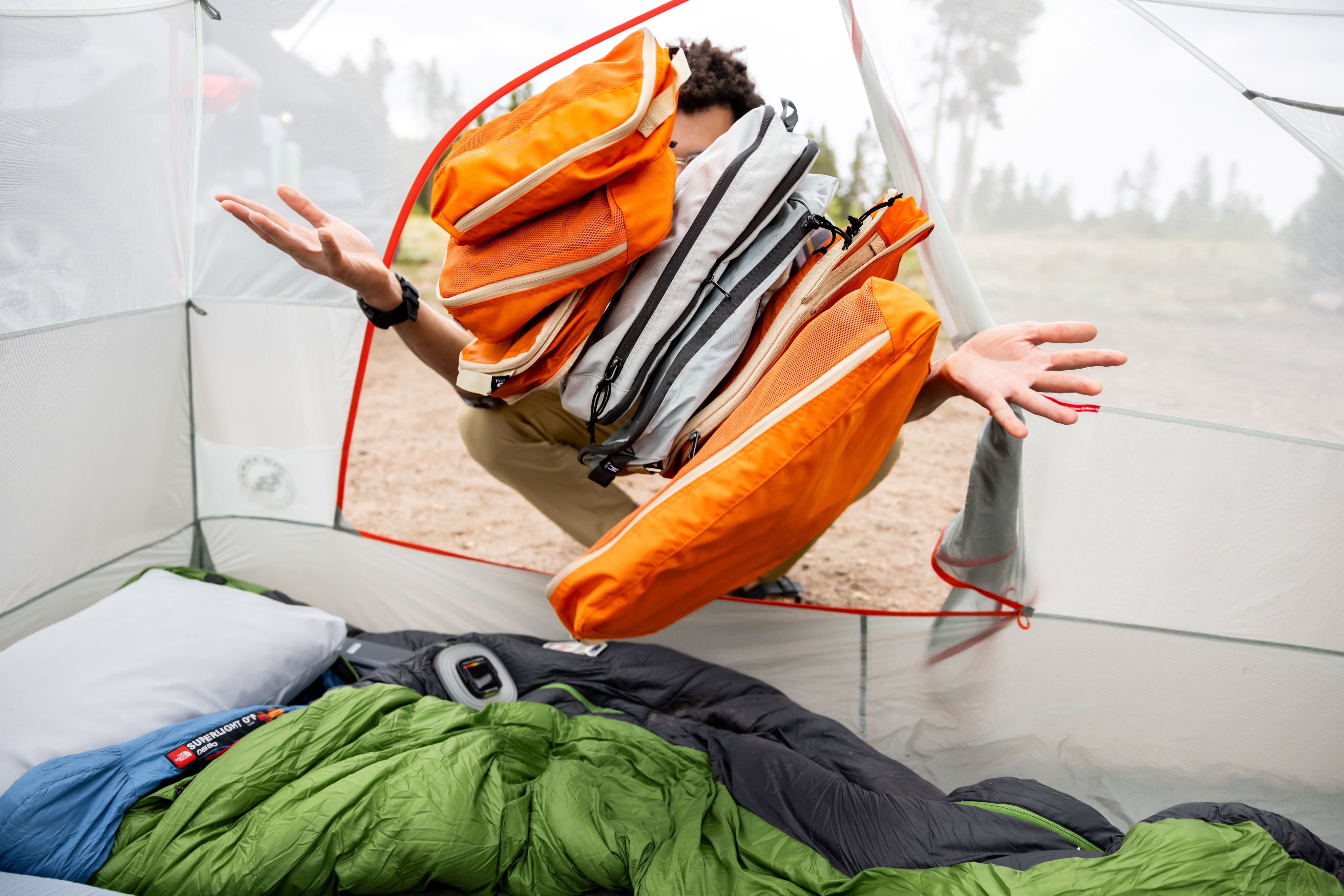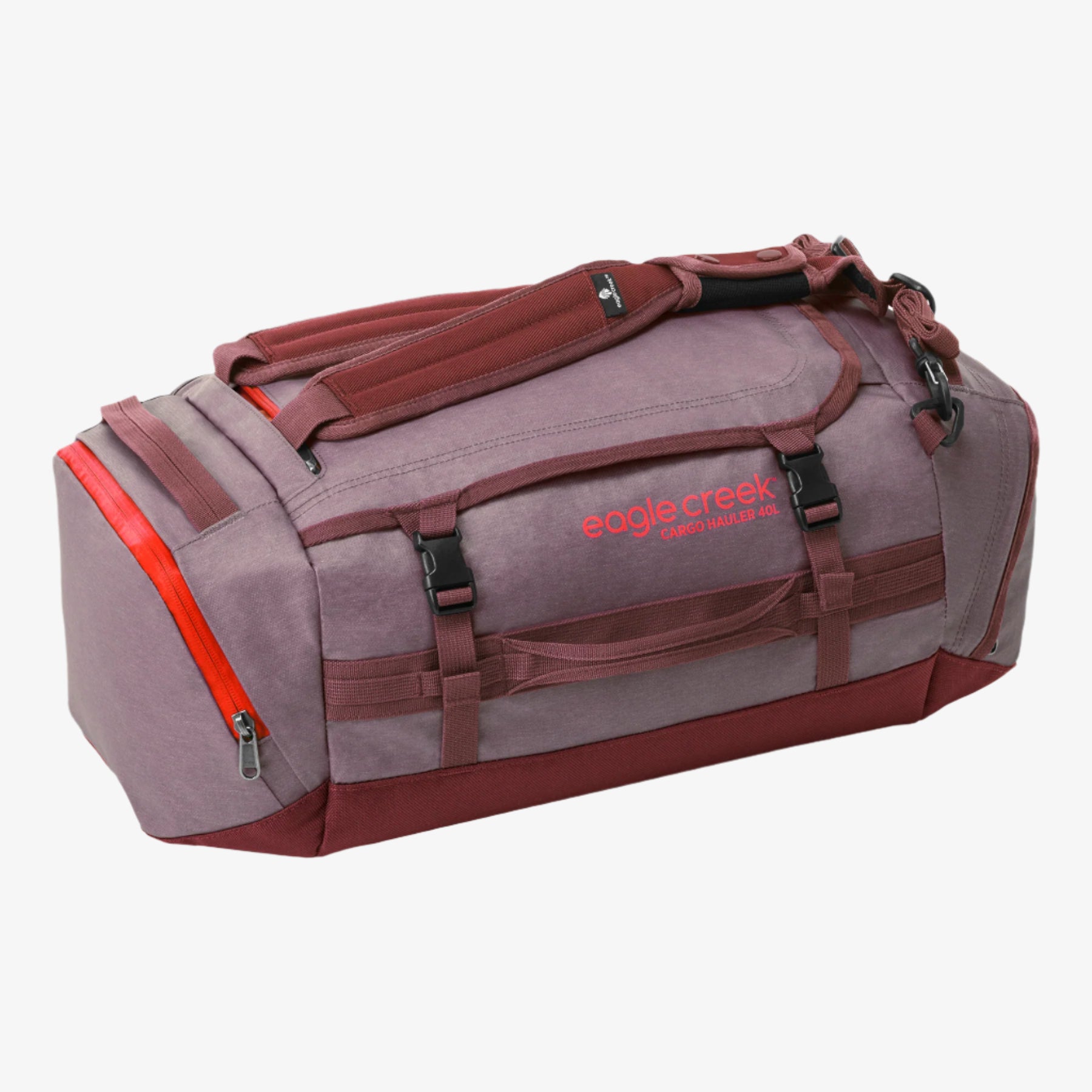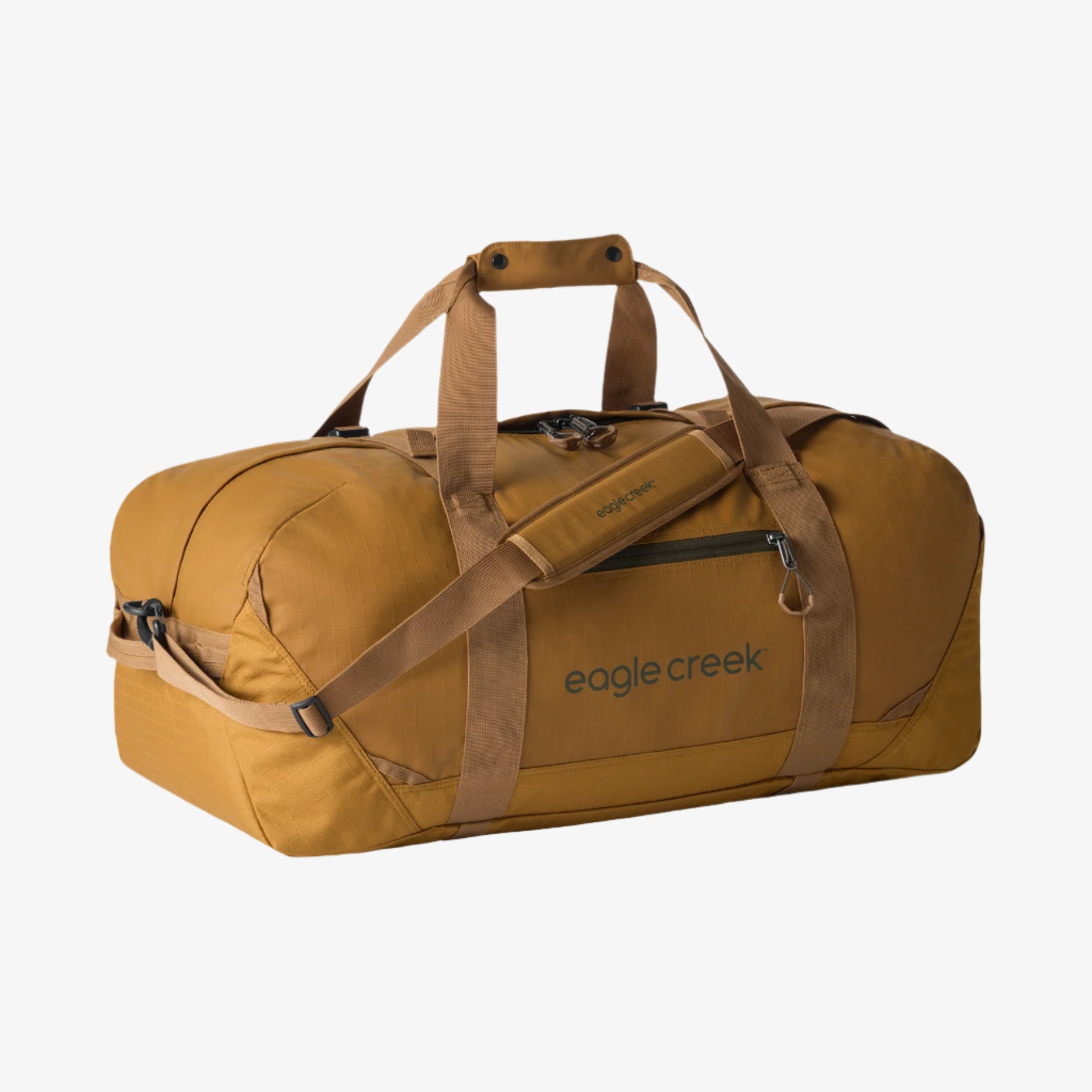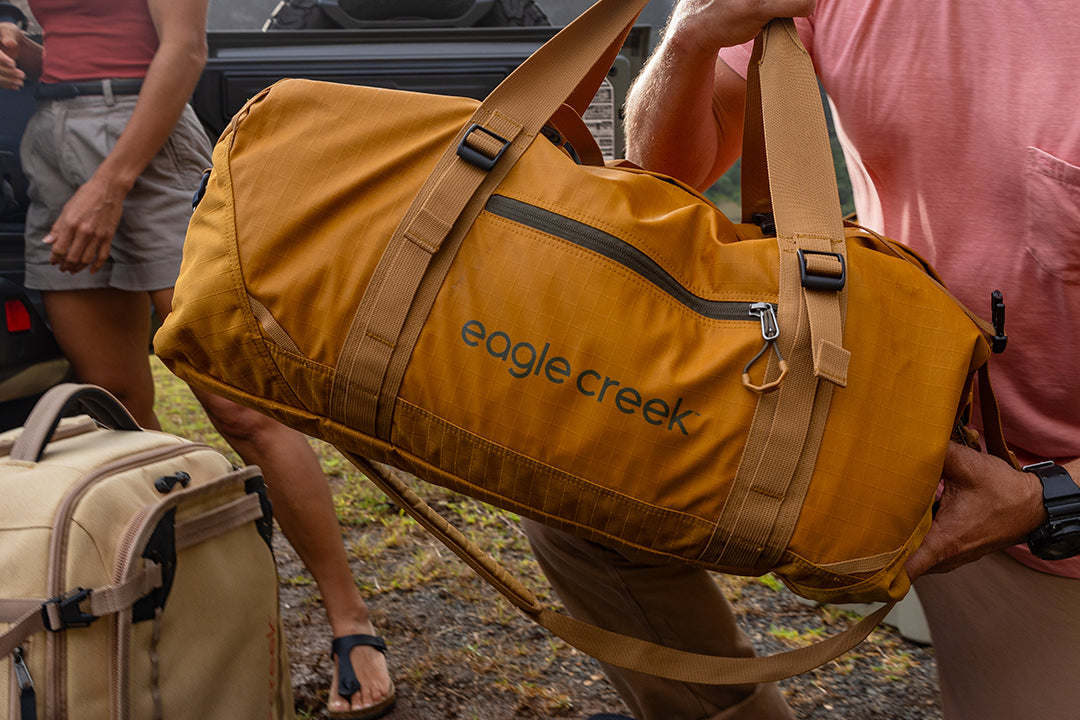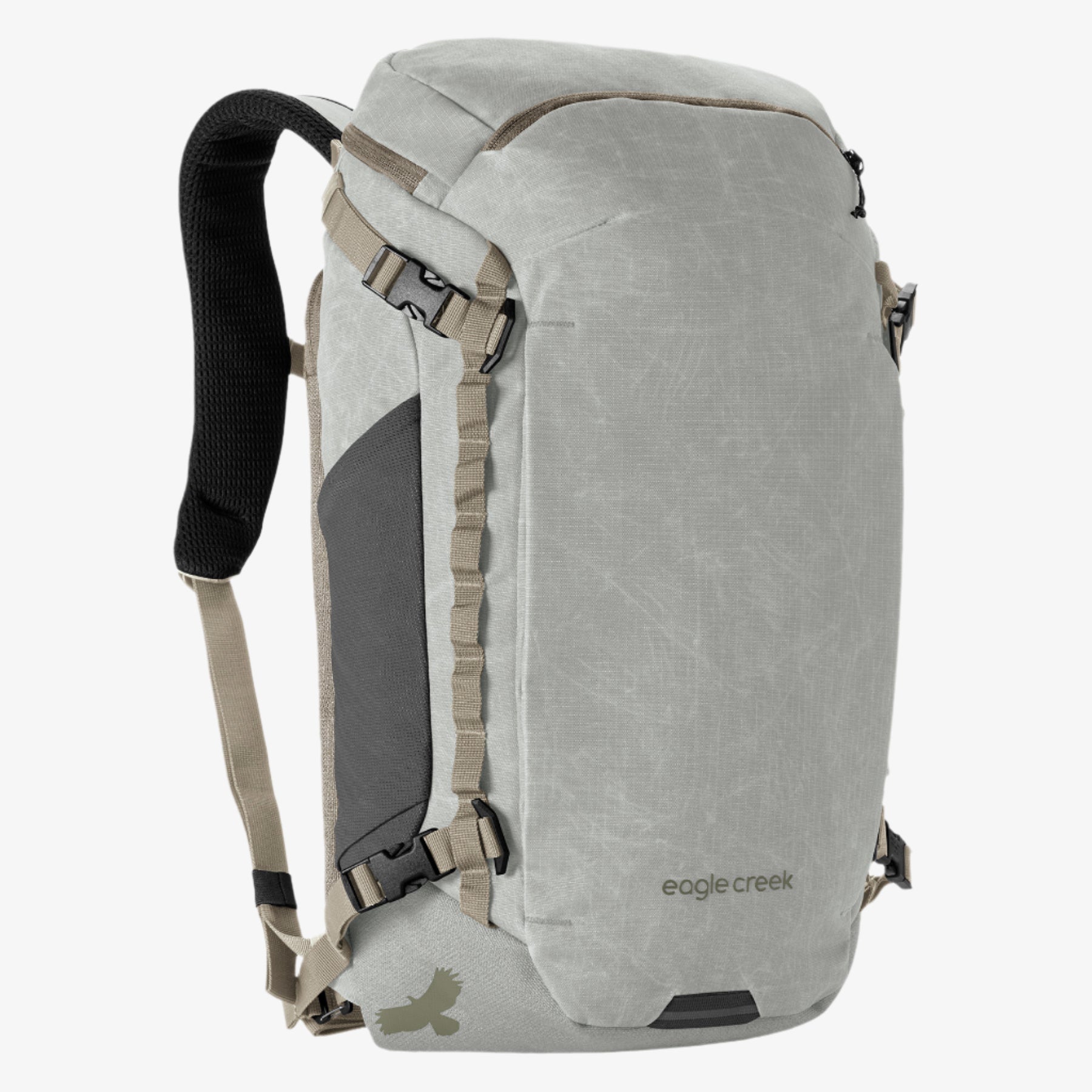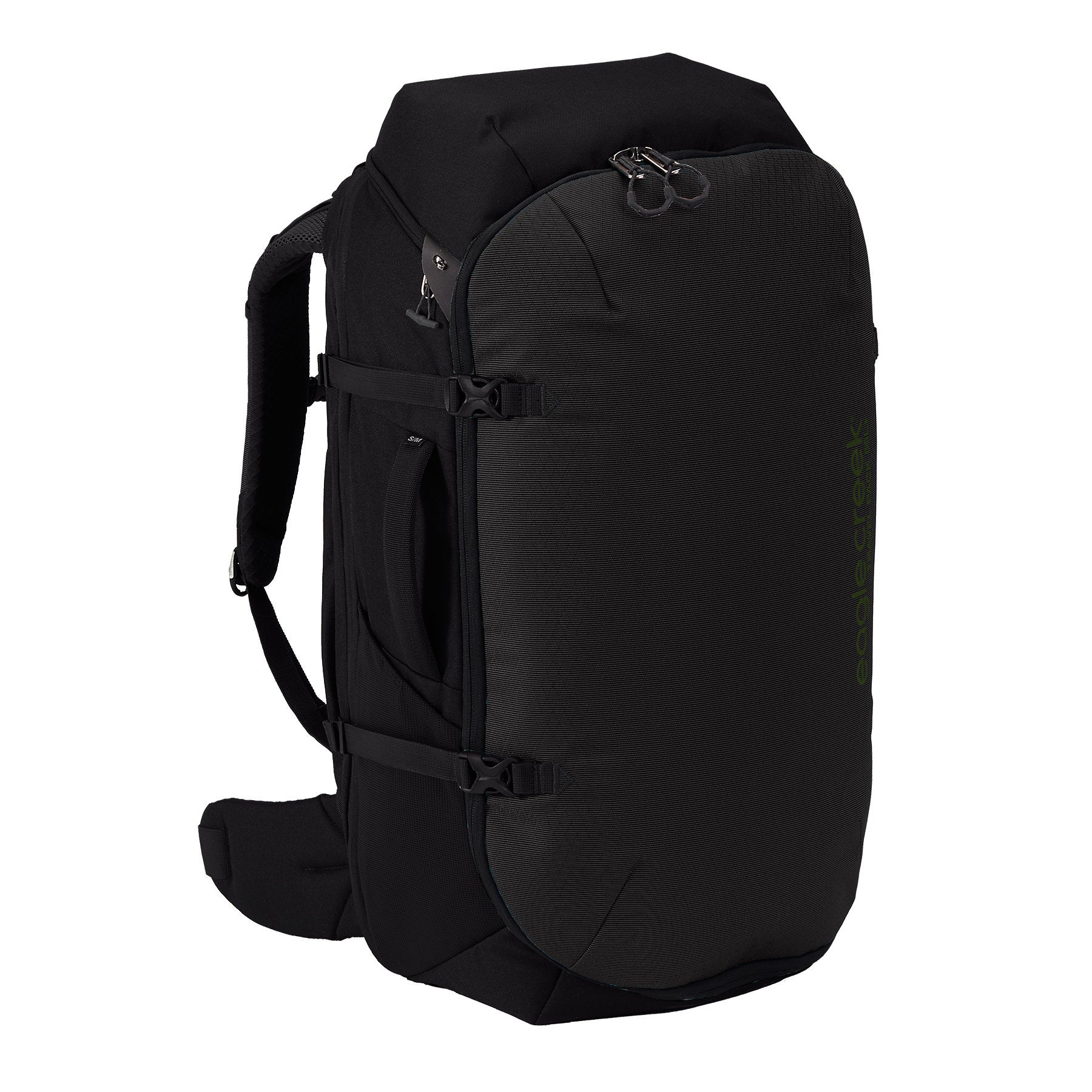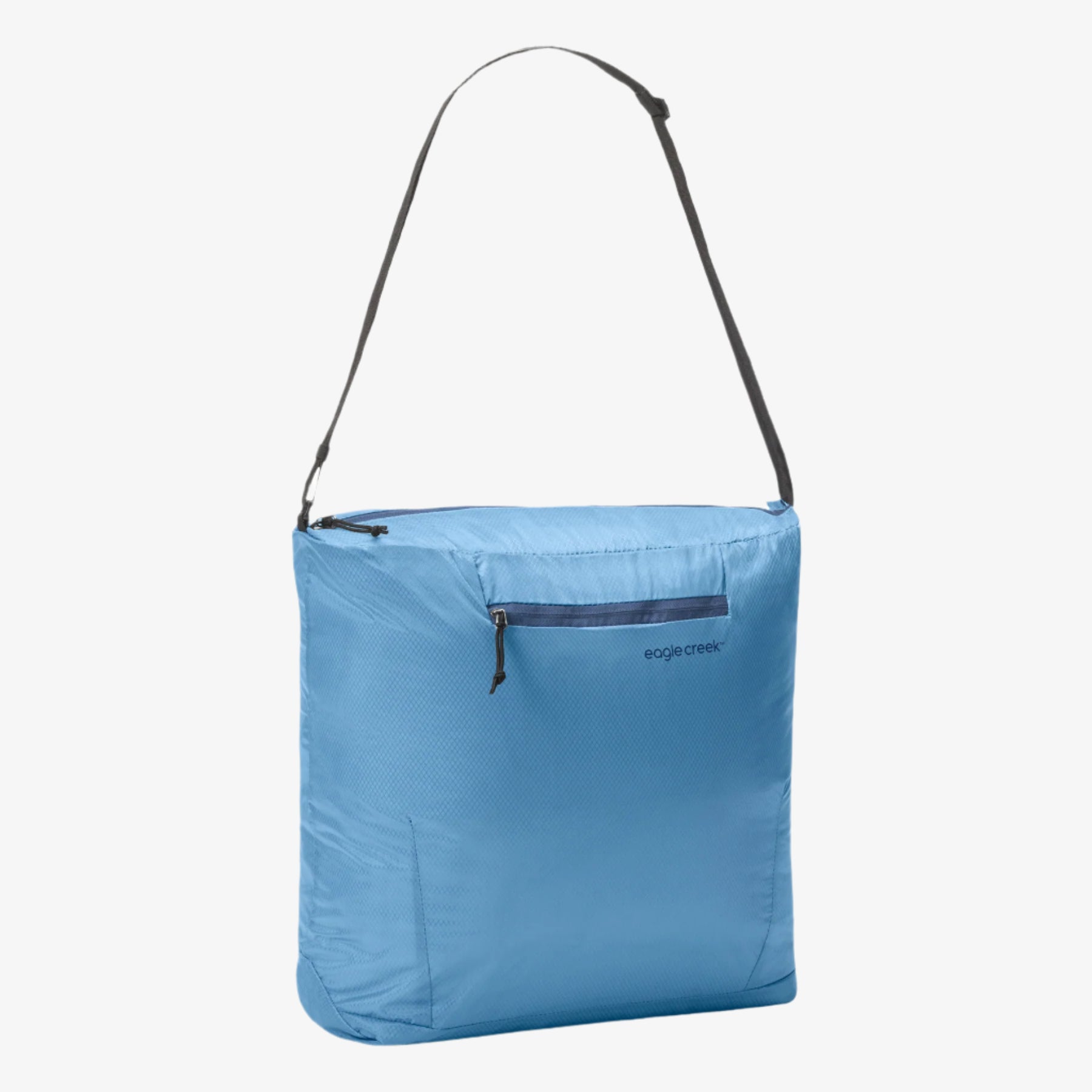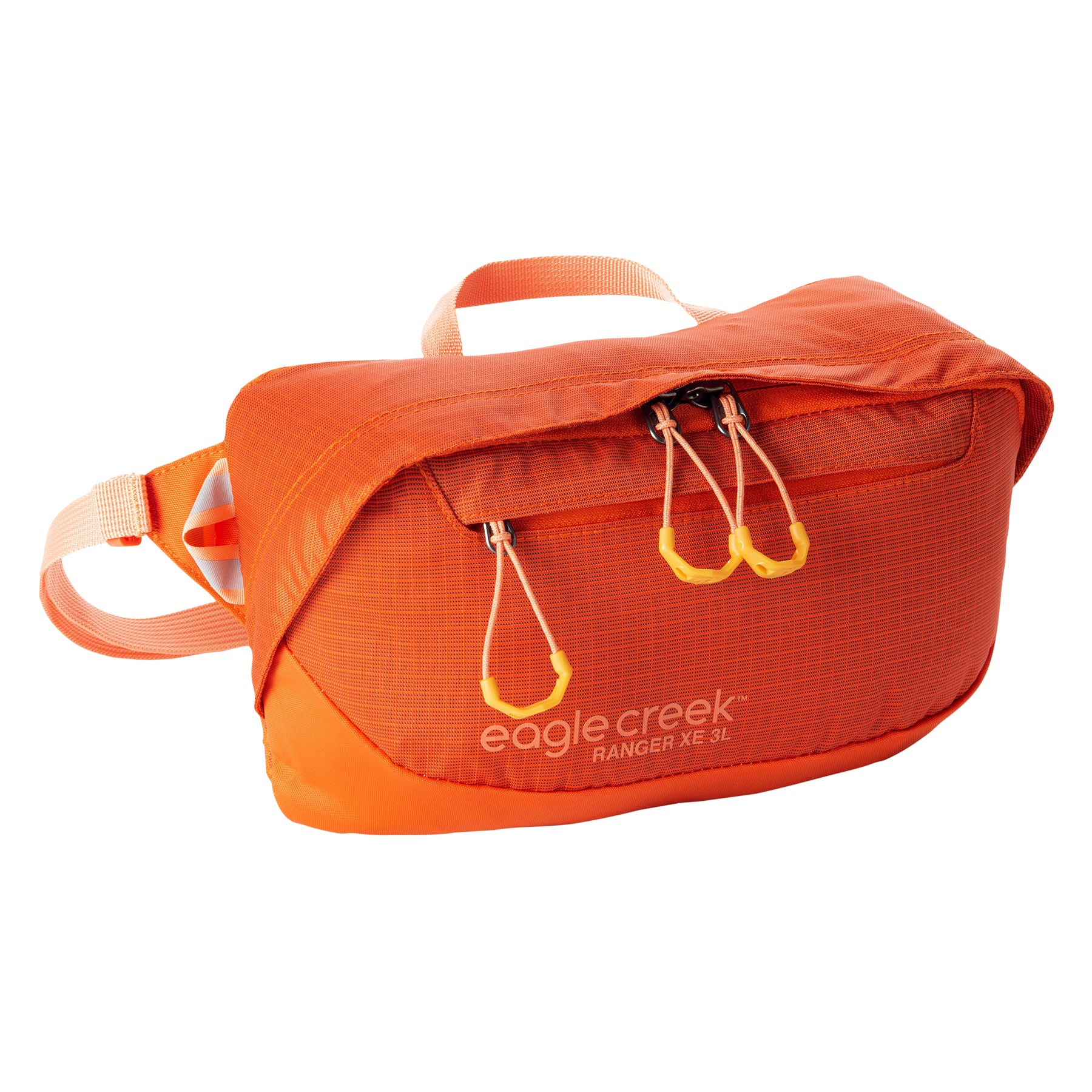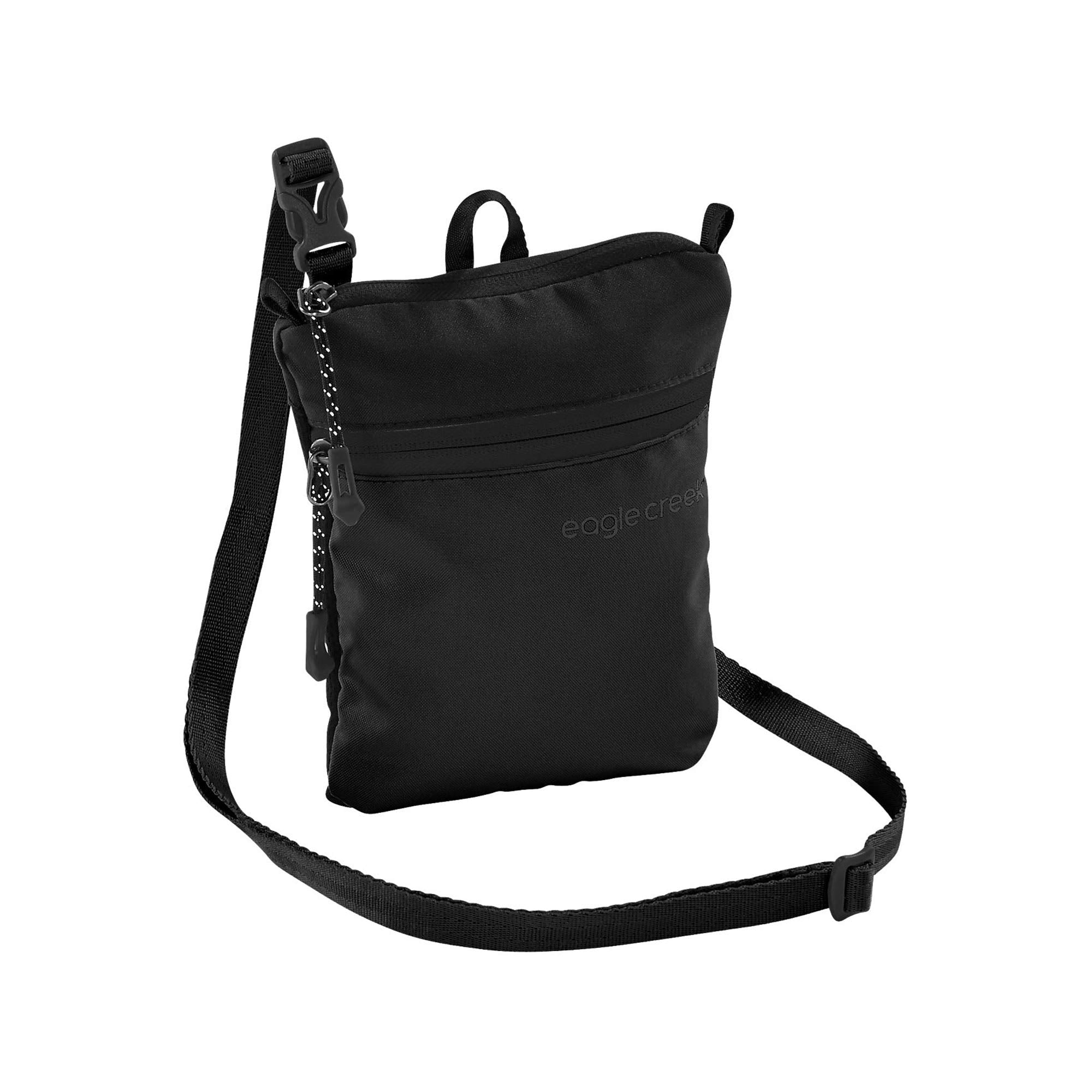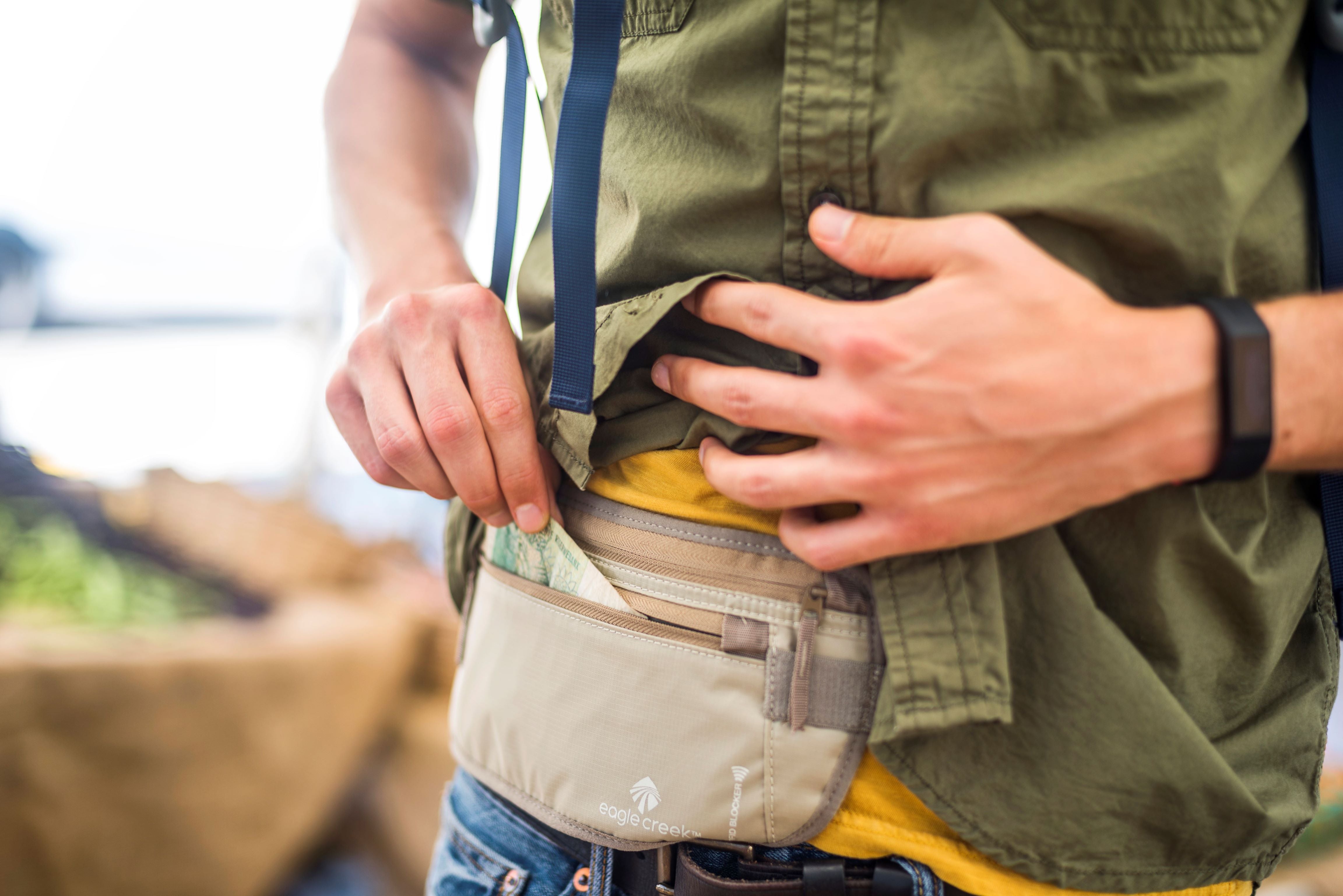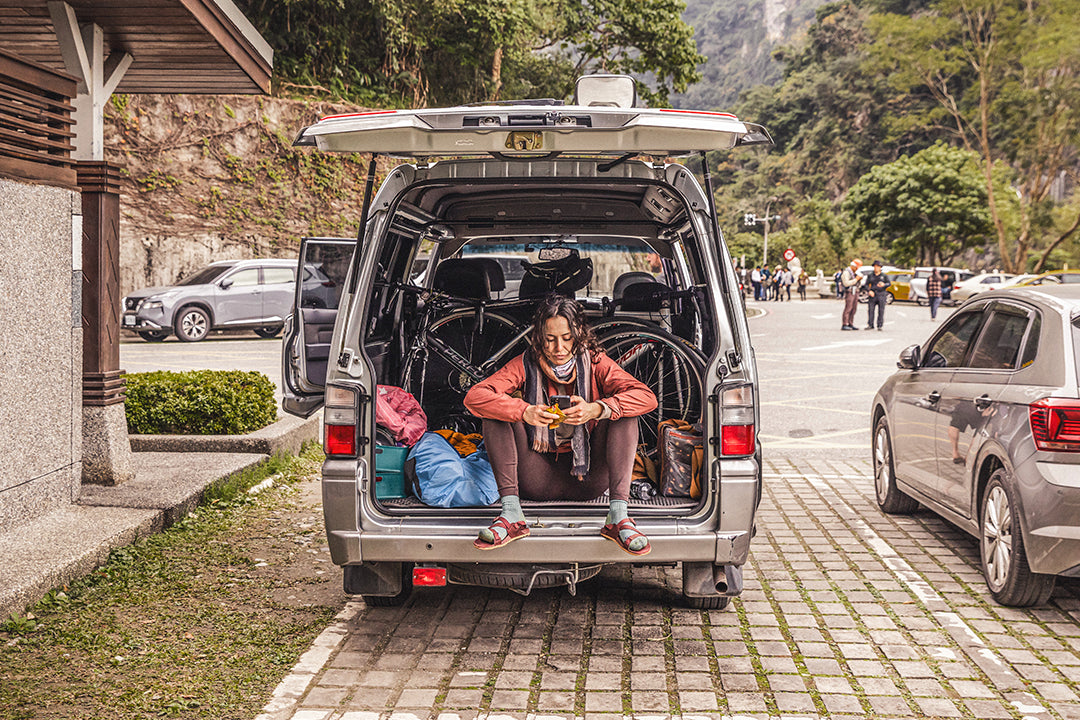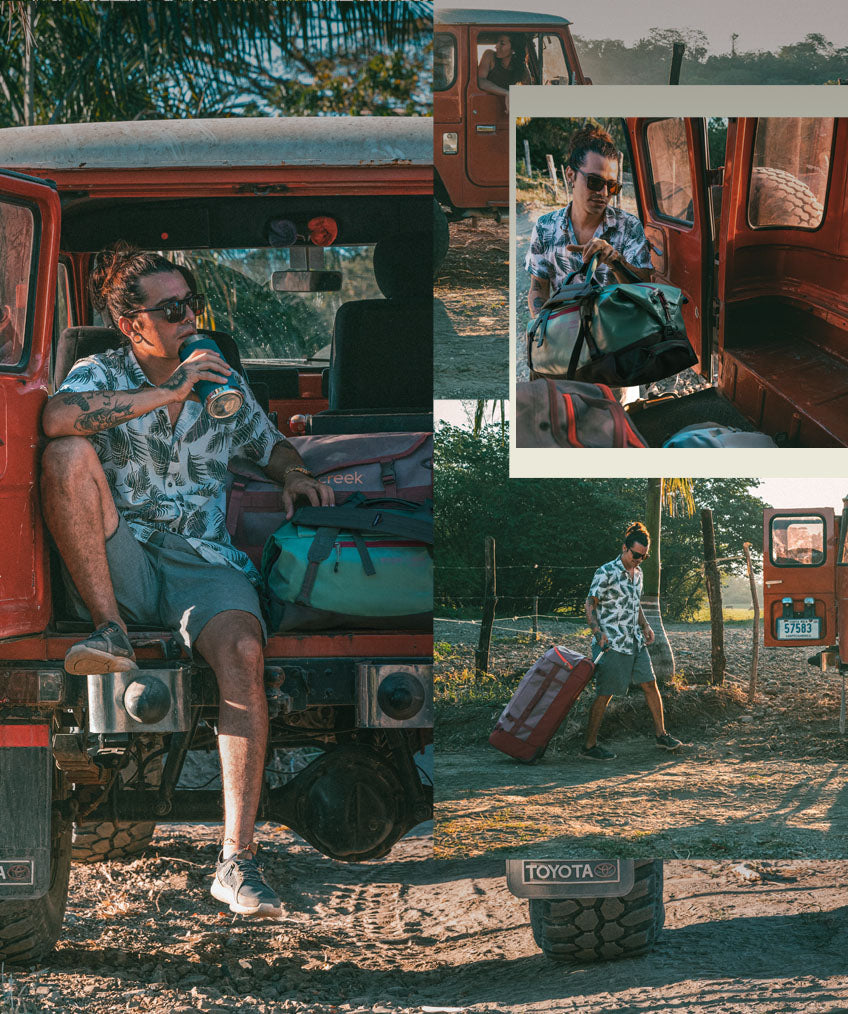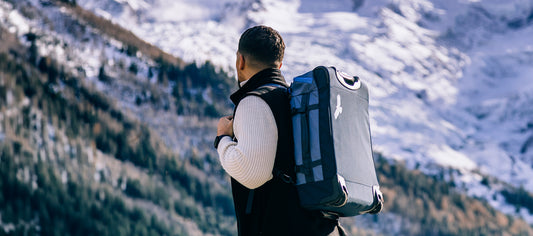
With each stroke of my paddle, my bright red sea kayak gently glides across the dark, iceberg-strewn waters in the remote fjords of Southern Greenland. Navigating this seemingly mystical landscape transports me back to an era when Vikings and indigenous peoples plied these very waters centuries before.
Getting to the world’s largest island is no small task. Copenhagen, Denmark and Reykjavik, Iceland provide the only access to my impending destination. And while Iceland would have been closer, I opted to meet the rest of my team in the Danish capital. After an overnight transatlantic flight, a meager twelve hours exploring this historic city, and what seemed like an insufficient night’s sleep, I was once again back at the airport to fly back across the better part of the Atlantic Ocean to reach Greenland.
I can hear the low hum of the plane’s engines as we cruise toward a landmass largely comprised of an ice sheet covering the bulk of the island. Small towns and remote communities sparsely dot the landscape, yet they largely exist around the coast.
Our destination is the airport at Narsarsuaq. Located on southern Greenland’s Tunulliarfik Fjord, this remote airstrip was once a military base created by the United States during World War II. From my tiny window, I can begin to make out what I can only assume are massive icebergs floating amidst the dark water. Greenland experiences an abbreviated summer, so our window for this adventure was short—just June to August. And now, my dream to visit this wonderland was close to reality.
After collecting our bags, we meet our guide, only to discover that we will have to wait for a break in the weather to cross the fjord that separates us from the small farming community of Qassiarsuk. Once we get the green light, we load ourselves and our luggage into rigid inflatable boats and begin our traverse to the opposite side—the launching point of our kayaking adventure across southern Greenland.
Upon reaching the opposite shore, we transfer to a small SUV and drive over the mountain to an isolated sheep farm and a modest hostel that will serve as our basecamp.
Over the next few days, we spend our mornings hiking a landscape devoid of trees and our afternoons assessing our skills on short kayak excursions. Having a background in kayaking, I feel adept at what lies ahead of us in the coming days. Packing is paramount when going off the grid in a kayak. All gear must fit into finite storage spaces located at the bow and stern of the kayak. As with packing for the trip to Greenland, using packing cubes also proves advantageous for staying organized when packing dry bags.
On the rocky shore of Sermilik Fjord, we cast off in our bright red sea kayaks. Before long, the waterway is littered with icebergs of all sizes that have been shed from the Eqaloruutsit Glacier. Our kayaks glide easily through the black water as we navigate the icy expanse. And while we seek to avoid the larger icebergs and only paddle in their shadow, the smaller chunks of ice bounce off the hulls of our plastic boats.
After paddling amongst giant blocks of ice—many larger than houses—we arrive on an isolated beach where we come ashore. This will be our campsite for the night. The rain began to fall as we set up camp and after a hot meal, we retreat to our tents and drift off to the sound of ice calving in the distance.
Rain continued throughout the night and we awoke to a slight drizzle. After breaking camp, we slide back into the icy waters to begin our journey back across the fjord while carefully dodging the floating obstacles.
Our kayak journey was just the beginning of our Greenland experience. In addition to the indigenous people that called the island home for centuries prior to any European settlers, Vikings also settled in the region and left behind their mark on the barren landscape.
While roads might exist between small communities and farms occupying the same side of a fjord, the primary means of travel utilizes the vast waterways. And what once took hours and perhaps days can now be accomplished in a quick boat trip. In addition to the Viking sites at Qassiarsuk (once called Brattahlid) at the beginning of our trip, we were able to explore the remnants of other settlements at Hvalsey (a UNESCO World Heritage Site) and Igaliku. The site at Hvalsey includes perhaps some of the most well preserved Norse ruins in all of southern Greenland. Though on a smaller scale, Hvalsey Church bears some resemblance to larger churches in Europe of the time.
As with all good things, our time in the historic and geologic wonderland came to an end. Though not before starring in my own version of the 1987 comedy Planes, Trains and Automobiles. And while my version didn’t star Steve Martin or John Candy, it did include thirty-eight hours of travel to return home to the United States. And literally involved a hike, boat ride, four flights, a train, and an automobile.
Regardless of whether you’re traveling to a tourist hotspot or an off-the-grid destination, make sure to leave a concise itinerary with a friend or family member.
Related Links (from the Eagle Creek Blog):
5 Things to Know Before Embarking on Adventure Travel
3 Easy Steps to Achieve Your Goal to Travel More
How to Make a Travel Bucket List in 5 Easy Steps
